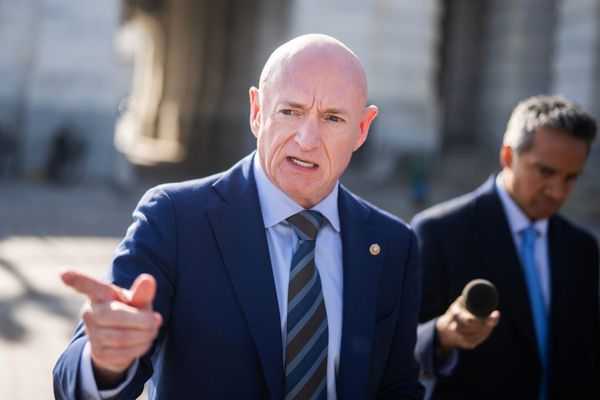
Let’s start with the most spectacular bit of post-1950 subcontinental history : the emergence of Bangladesh in 1971. Many draw the right lesson from this: that religious difference alone is not a sufficient condition for nationhood, and the Muslim League’s two-nation theory was buried under the jackboot of a genocidal West Pakistani army and its backers. Despite being the numerical majority, the Bengalis of East Pakistan were aggrieved at being treated as second-class citizens by their West Pakistani counterparts. Matters came to a head when the military dictatorship conspired with West Pakistani politicians to deny the Awami League’s Sheikh Mujibur Rahman the prime ministership despite his winning the 1970 elections. Less than a year later, Pakistan was broken and defeated.
When asked how he went bankrupt, one of Hemingway’s characters famously replies “Gradually, then suddenly." Bangladesh might have emerged suddenly, but was conceived in 1952 when Pakistan declared Urdu as its sole national language. Public protests and riots might have abated after the Bengali language was grudgingly accommodated in 1956, but Urdu imposition and Bengali resentment increased gradually. By 1971, Bangladesh was inevitable. Since then, although Pakistan has tried to acknowledge Sindhi, Punjabi, Pashto and Balochi as provincial languages, Urdu’s constitutional primacy and popular provincial aspirations have often collided violently and to this day undermine the country’s stability and strength.
While the ethnic conflict between Sinhalese and Tamils in Sri Lanka is well-known, its origins are unfamiliar to outsiders. In the 1940s, the political elite of both communities believed that English would be replaced by the “swabashas" of Sinhala and Tamil after independence, secured in 1948. The dream ended when Sinhala majoritarians declared theirs as the sole national language in 1956. Tamils found themselves at a disadvantage not least because the language policy hampered the life chances of the young and educated. The Sinhalese elite were perhaps not reading the news in 1971, because they adopted a new constitution in 1972 that further deprecated Tamil and minority rights. In 1976, exactly two decades after Ceylon made Sinhala the official language, its Tamils raised the demand for Eelam. Civil war followed. Had it not been for this ethnic conflict, Sri Lanka could have been among the Asian Tigers. It got the Tamil Tigers instead.
Elsewhere in the subcontinent, language is among the mix of factors that have fuelled political conflict and chronic instability. Despite becoming a constitutional monarchy in 1990, Nepal suffered two decades of political instability and civil war. Among various causes, you will find the familiar one of language imposition. At the risk of some oversimplification, the dominant Pahari political elite thrust Nepali upon communities like the Maithili and Bhojpuri speakers of its southern plains. That is why post-conflict Nepal’s 2015 constitution states “all languages spoken as the mother tongues in Nepal are the languages of the nation" and allows individual states to adopt their own official languages. If politics allows the Nepalese state to be genuinely multi-lingual, it will have a better chance of prosperity.
For all its success in promoting sustainability, happiness and traditional values, Bhutan has a dirty secret. In the 1990s, it expelled the Nepali-speaking Lhotsampa community to preserve its national identity. And while its monarchs have governed well and embraced constitutional democracy, Bhutanese politicians are required to campaign in Dzongkha, the national language.
An inability to reconcile ethnicity, religion and language lies at the heart of the decades-old political dysfunction that has wrecked Myanmar. Like in the case of Sri Lanka, the pre-independence understanding among ethnic groups was abandoned by post-independence political regimes. Bamar majoritarianism is relentless, ethnic wars constant and an isolationist military regime prevails.
Let’s not forget China, whose project to integrate Tibet and Xinjiang might have faced less resistance had it not been for the Han Chinese predilection to impose culture and language on the people of these regions. Beijing might accumulate wealth and power but will lack the moral legitimacy it so craves because of its hegemonic and anachronistic approach to language and culture.
Each of India’s neighbours has either come to grief or limited its potential because of the fixation with a single national language. India, with much greater diversity, has done better than all of them. Not because we don’t have the same pressures, but because we arrived at better compromises than they have. For that reason, we should not allow chauvinists and maximalists to destroy the linguistic pluralism that we have achieved. Pluralism is the magic formula that others missed. We would do well to heed the warning that the history of our neighbourhood offers us: Don’t mess with language. Doing so leads to disaster. Gradually, then suddenly.
Nitin Pai is co-founder and director of The Takshashila Institution, an independent centre for research and education in public policy







